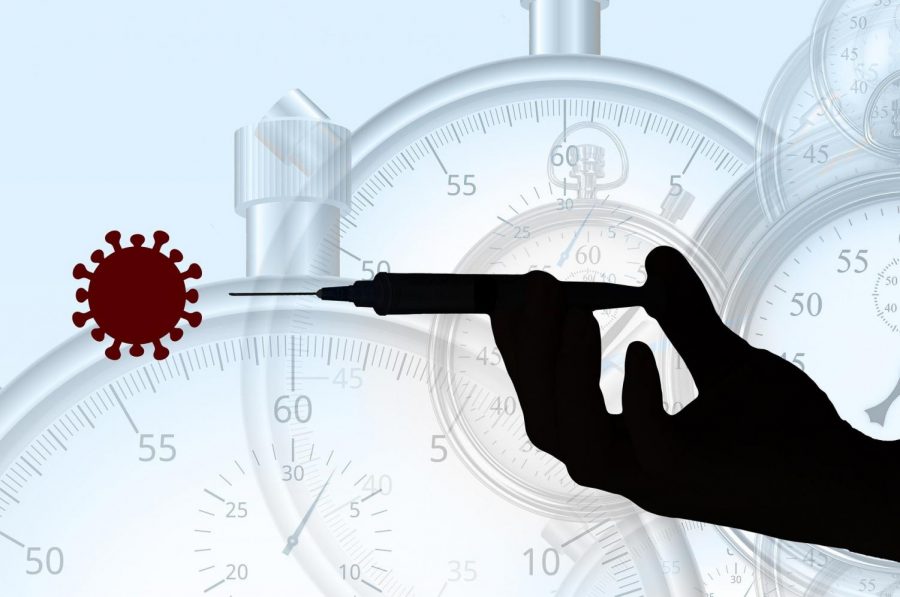Why the Johnson & Johnson vaccine should not have been paused
On April 13th, the CDC recommended a pause in the use of the J&J vaccine due to reports of 6 individuals experiencing rare and severe blood clots after their shot. The six people were all women under 50, with one of them dying from the clots and another in critical condition. The U.S. government quickly followed the suggestion, as did the EU. Although the pause was lifted after 10 days on April 23, going that route in the first place seems to have been an overly cautious reaction especially considering the usefulness of the J&J vaccine.
Statistically, it just didn’t seem to make sense. As of April 28, there have been 3 deaths caused by blood clotting from the Johnson & Johnson vaccine out of the more than 6.8 million people that have been administered it. 3 deaths? Sure, ideally nobody would be dying from a vaccine, but when compared to Covid-19, it’s clear that the vaccine is the better option. Just during the Johnson & Johnson vaccine pause, from April 13-28, over 8 thousand people died from Covid in the U.S. Weighing the variables like that, it would have been much more sensible to allow the vaccine to keep being administered, preventing more Covid-19 cases. Any analysis of the blood clot issue could have been done simultaneously, instead of stopping distribution and endangering lives.
The pause recommendation was lifted after the CDC’s Independent Advisory Committee on Immunization Practices voted 10-4 to allow continued administration with warnings to women under 50 of the potential risk. However, the fact remains that the pause prevented vaccine access to many people, potentially enabling more cases of Covid-19 and subsequent deaths to arise. While it was suggested that people that had been intending to get the Johnson & Johnson vaccine to simply get Pfizer or Moderna in the pause time, that is simply not viable for some groups. Pfizer and Moderna’s vaccines have tough guidelines for their storage so that they remain effective and usable, needing to be stored at freezing temperatures—Pfizer’s in specialized cold storage at -70 degrees Celsius. Johnson & Johnson’s does not need extreme cold storage, making it much more mobile and easily accessible. Additionally, the Pfizer and Moderna vaccines, being two doses, require individuals to come back to get the second dose after a two-week waiting period. This has made Johnson & Johnson’s vaccine extremely useful in vaccinating people in more out of the way locations that lack easy access to clinics, as well as already vulnerable groups like homeless and incarcerated people. It’s also good for people that are moving around, like college students returning to their campuses, as vaccination sites giving Pfizer or Moderna prep around the idea that people will be coming back to the same location for their second dose, not cancelling to leave and obtaining it elsewhere. With the easier storage and one-dose technology, the Johnson & Johnson vaccine has been crucial in vaccinating many specific groups, and as such stopping its distribution, even temporarily, is clearly not without harm.
Lastly, the pause is bad for people’s overall support of Covid-19 vaccines. Pausing distribution of the vaccine made the blood clotting issue seem particularly concerning, and helps support the idea that the danger of getting the vaccine is greater than the danger of Covid-19. The shred of trust in the FDA that was created by taking a statistically small issue so seriously is significantly outweighed by the loss of trust in vaccines as a whole. This can be seen in a survey of 1500+ Americans from global data firm Dynata shows that preference for the Johnson & Johnson Vaccine has gone down 12% in comparison to March. Even though the pause was lifted, the damage has been done and the concern about vaccines cannot simply be undone.
The pause of the Johnson & Johnson was done in abundant caution for people’s safety, but it did so without proper consideration for the consequences. The blood clotting cases are miniscule compared to the threat of Covid-19 to society as a whole. Furthermore, the strong reaction to the issue provided an outlet for people who were hesitant about getting vaccinated. Hopefully this incident can be used as an example to promote better critical thought in the future.


